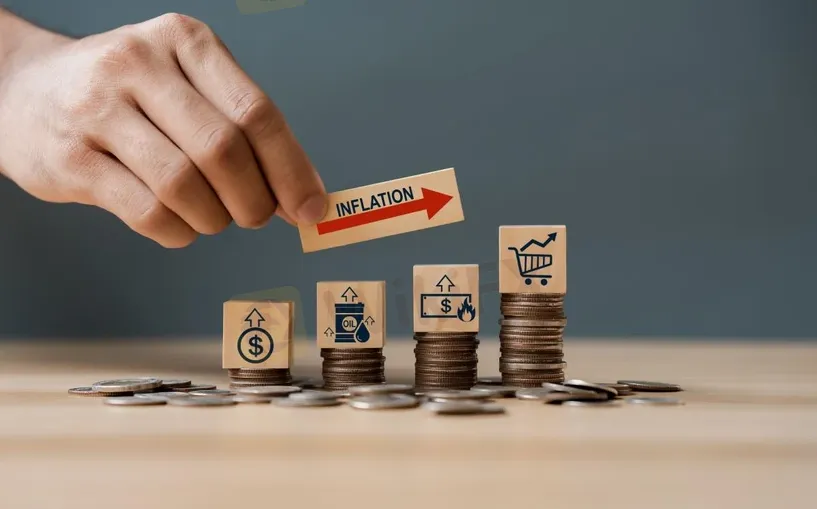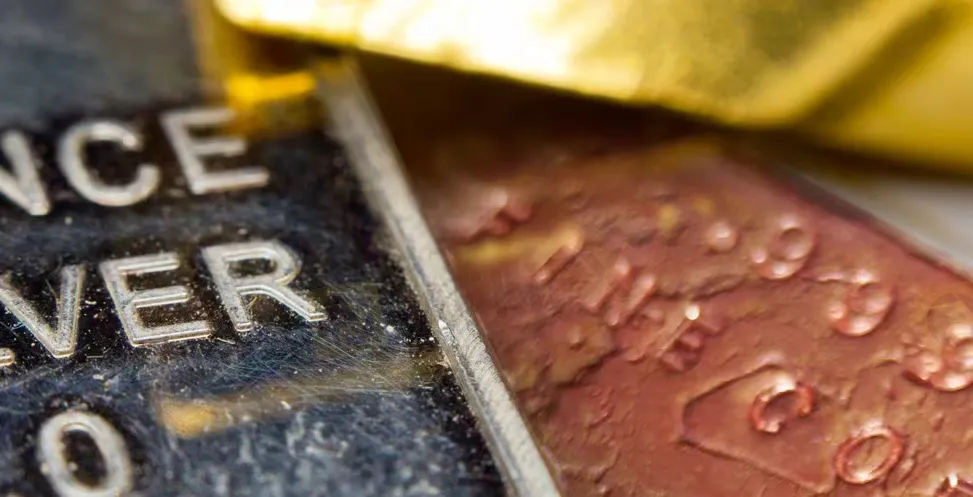【MACRO Insight】Market sending new signals again? What's behind the simultaneous rise of gold, silver, and copper?
Abstract:Rising metal prices take center stage as gold, silver, and copper hit new highs. Traders need to reassess rising inflation and global economic impacts. Increased global macroeconomic activity and metal demand are driving the price surge. With inflation remaining strong and rate-cut expectations delayed, investors are turning to precious metals. Global central banks' significant demand for gold, solar panels' demand for silver, and renewable energy and electric vehicles' demand for copper are all
Rising metal prices take center stage as gold, silver, and copper hit new highs. Traders need to reassess rising inflation and global economic impacts. Increased global macroeconomic activity and metal demand are driving the price surge. With inflation remaining strong and rate-cut expectations delayed, investors are turning to precious metals. Global central banks' significant demand for gold, solar panels' demand for silver, and renewable energy and electric vehicles' demand for copper are all contributing factors.

Concerns over inflation risk
Analysts point out that the rise in copper and silver is due to expected demand growth. Adrian Ash, research director at BullionVault, stated that these metals play a critical role in areas such as green technology, artificial intelligence, and defense, seen as signs of global economic recovery but also raising inflation concerns.
Michael Kramer, founder of Mott Capital Management, noted that copper prices have risen nearly 40%, indicating the presence of inflation. He also mentioned that historical data shows that when copper prices rise, the payment price indices for manufacturing and services also increase. Kramer emphasizes that if the ISM manufacturing and services price indices continue to rise in May and June, overall inflation will face challenges. Additionally, he points out that if current monetary policy is restrictive and the neutral interest rate is as low as some believe, then current asset price levels should not be as they are.
Strong investor interest
Investor interest in gold and silver has been increasing, despite U.S. interest rates remaining at their highest levels in 20 years, with strong demand persisting in the physical market.
Geopolitical tensions and the trend towards de-dollarization have disrupted the traditional correlation between gold, silver, U.S. interest rates, and the stock market. Central bank demand for gold remains robust, and enthusiasm from China's private sector has supported gold price increases. While Western household gold investments hit historic lows in April, they have rebounded this month, marking the fastest growth in nearly four years.
Last Friday, the rise in silver prices marked a historic moment for the market, with expectations that the structural supply gap in the silver market will further widen. This tight supply situation, coupled with increased buying interest from Western investors, could potentially drive silver prices higher.

Metals versus mining stocks
Kristoviak's analysis suggests that given the strong demand for gold, silver, and copper, these metals have the potential for sustained growth in the future. However, he points out that significant past price increases may limit further upside in the future.
He suggests that investors may find greater returns by shifting towards mining stocks, particularly those in gold, silver, and copper. For example, this year, the Themes Gold Miners ETF has returned 23.2%, significantly outperforming the SPDR Gold ETF's 17.6%. He emphasizes that due to lower valuations of mining stocks and the rise in metal prices boosting profit margins, these stocks still have significant upside potential and may still be in the early stages of an upward trend.
WikiFX Broker
Latest News
Simulated Trading Competition Experience Sharing
WinproFx Regulation: A Complete Guide to Its Licensing and Safety for Traders
Interactive Brokers Expands Access to Taipei Exchange
Axi Review: A Data-Driven Analysis for Experienced Traders
INZO Regulation and Risk Assessment: A Data-Driven Analysis for Traders
Cleveland Fed's Hammack supports keeping rates around current 'barely restrictive' level
Delayed September report shows U.S. added 119,000 jobs, more than expected; unemployment rate at 4.4%
The CMIA Capital Partners Scam That Cost a Remisier Almost Half a Million
eToro Cash ISA Launch Shakes UK Savings Market
Is Seaprimecapitals Regulated? A Complete Look at Its Safety and How It Works
Rate Calc


